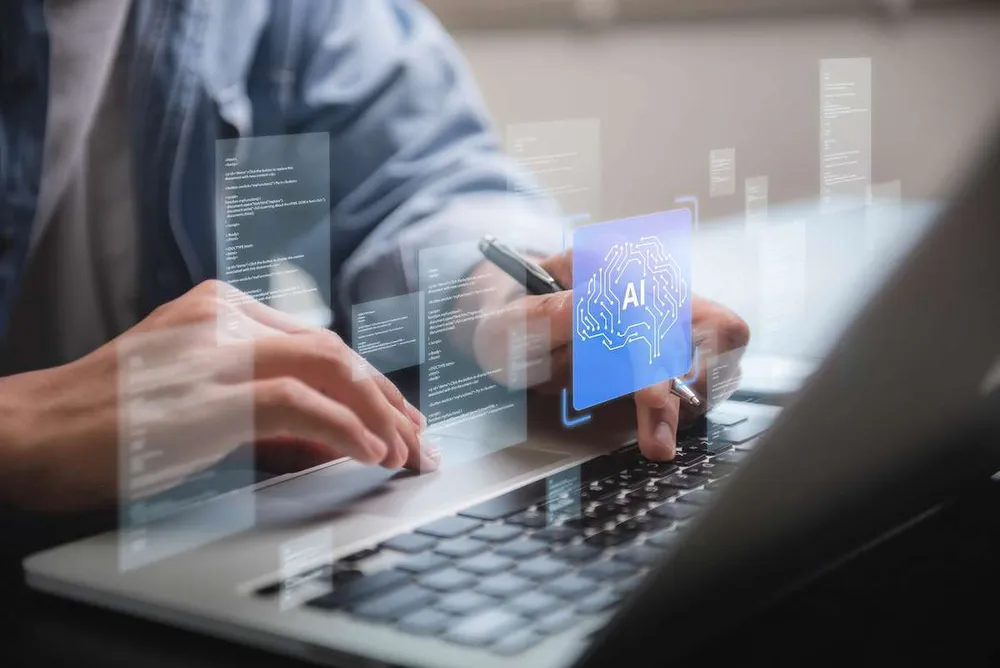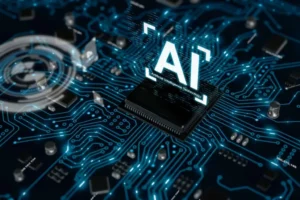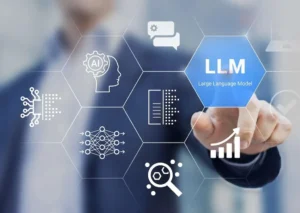What is AI Washing, and What Are Its Main Risks?

Artificial intelligence (AI) washing is a deceptive promotion tactic when firms exaggerate their use of AI to attract investors. It creates inflated expectations about the product and may negatively affect the reputation of AI. The rapid development of smart systems has led to their active implementation, primarily generative AI (GenAI), in almost all areas. Companies that want to make the most of this popularity may choose AI washing to gain a competitive advantage and receive additional funding. This blog post will explain the risks and the AI washing scheme.
AI Washing Explained
Let’s take a closer look at the AI washing meaning. In late 2023, the head of the United States Securities and Exchange Commission (SEC), Gary Gensler, spoke about AI washing, comparing it to greenwashing, when firms overinflate their environmental activities.
Many firms want to switch to the latest technologies to increase their value and productivity or stand out from competitors, even if they lack the experience and evidence to verify their statements.
AI washing uses the current craze for smart systems to position their products as more intelligent and advanced than they are. Developers use trendy terminology, including “deep learning” and “neural networks,” to create the illusion of a more complex addition of AI, even if the underlying technology is more primitive.
Let’s look at a few AI washing examples.
- Misleading product descriptions. Some firms add the label “AI-powered” even when they only superficially integrate AI, using it as a buzzword rather than actual functionality.
- Overhyped potential. Firms often promote their products as using advanced AI algorithms when, in fact, they are based on more straightforward mechanics.
- Investment boom. New firms are announcing AI adoption, even if their smart elements are small or in the early stages of research.
The real mechanics that underlie the service or product are hidden behind AI terminology. This prevents users from understanding the product’s functions and hides its limitations.

We are confident that we have what it takes to help you get your platform from the idea throughout design and development phases, all the way to successful deployment in a production environment!
Key Risks of AI Washing
AI washing creates serious risks to clients, firms, and the full AI sector. Let’s look at the most common dangers.
- Eroded trust. AI may negatively affect a firm’s reputation and client loyalty in the long term. Investors may be wary of investing in AI firms, fearing overblown claims and unfulfilled promises. On an industry scale, such a scam poses risks to the ethical issues of AI. Developers often ignore the assessment of impartiality, transparency, and responsibility by providing false information about products.
- A bloated AI sector. Artificial intelligence washing prevents the effectiveness of AI from being adequately assessed, causing a large influx of capital into firms that cannot fully deliver on their promises. Organizations hide the truth about the extent of smart systems, motivating investors to back companies with minimal use of technology and limited growth potential. The outcome is an unsustainable sector where expectations exceed reality. One day, the bubble may burst, and firms that bet on the long-term prosperity of AI will suffer big losses.
- Legal risks. AI washing deceives users and investors into spending money by providing false information. As a result, institutions, including the SEC, have taken notice of the practice of protecting investors’ interests. Last year, the SEC brought the first charges against consultants Delphia and Global Predictions for misrepresenting their intended application of AI.
In the AI sector, third-party risk is the most significant. Firms must carefully evaluate their developers’ AI to ensure their information matches what the tool offers.

What Controls Should be Used to Mitigate Risks?
If you want to reduce the legal and reputational dangers associated with AI washing, we recommend implementing the following risk management practices:
- Be accurate and transparent in describing implemented technologies. The AI firm’s declared parameters must be real and justified. If the AI product has limitations or is in the development stage, this must be clearly stated to avoid third-party risks.
- Do not neglect internal control. Create and implement policies and algorithms to analyze AI-related claims. We recommend organizing regular audits of AI systems and storage policies and training staff in responsible AI communication.
- Monitor any changes in legislation. Monitor recommendations, mandatory requirements, and initiatives to create a legislative framework related to the disclosure of information about AI. Regularly study industry standards and innovative practices.
- Cooperate with lawyers. Experienced professionals can advise on AI-related disclosure issues, help navigate changing legal frameworks, and provide valuable advice on how to prevent AI-related money laundering claims.
- Teach interested parties. The firm should actively engage with clients and investors. Informed professionals are less likely to believe unsubstantiated claims about AI’s effectiveness and more likely to evaluate promising investments. Organizations should prevent utilizing jargon or vague language because it may mislead customers.
We recommend communicating the functionality of a digital solution in simple and understandable terms.
How to Find Systems Without AI Washing
By implementing advanced AI for IT (AIOps), IT experts can reduce errors, optimize operations, and ensure secure functionality for end users. Let’s consider how to distinguish AI solutions that are just so-called from those digital products that bring real value.
First, it is essential to remember AI is not as new technology as some people think, and companies that are truly immersed in the sector should be working with it for many years. Once you have narrowed your search to a few developers, we recommend asking them a few questions:
- Do the developer’s support specialists use their own AIOps system?
- Do their information processing specialists and customer support collaborate?
- Do they have client feedback that AIOps helped reduce the number of requests in the automating routine and reduce requests to customer support?
- Is the AIOps system suitable for cooperating with cloud architecture microservices?
- Is it possible to regularly and flexibly update production and vendor management without interrupting service?
There are several details to consider when analyzing AIOps.
- Correct information (volume and quality) is necessary to answer questions. Otherwise, smart systems may give ineffective or inaccurate answers. Correct AI explains how databases are used and provides evidence for its results.
- Proper real-time answers are crucial for IT experts who work under high pressure to solve network issues. Delayed responses or false positives due to smart systems can lead to a loss of efficiency and limit the usefulness of AI.
- Accurate infrastructure. You need a cloud architecture to build an AI solution and implement large language models to predict user experience accurately. If the smart system is not built in the cloud, scaling firms may have problems.
Consider conducting an impact assessment for high-risk AI systems to determine the predicted risks and the best solutions to mitigate them. Make sure the developer specifies these risks in the information about AI development.
Final Words
Today, the AI industry is rapidly developing, so firms must be vigilant to avoid the pitfalls of AI washing. Businesses must prioritize accuracy and transparency and strictly adhere to all AI requirements to harness the potential of smart solutions without legal and reputational troubles. Recently, the SEC has been monitoring compliance and reminding us about the consequences of participating in AI laundering. We recommend using legal advice in such a rapidly developing sector.
Top Articles
AI in Data Engineering: A Complete Overview
I am here to help you!
Explore the possibility to hire a dedicated R&D team that helps your company to scale product development.






